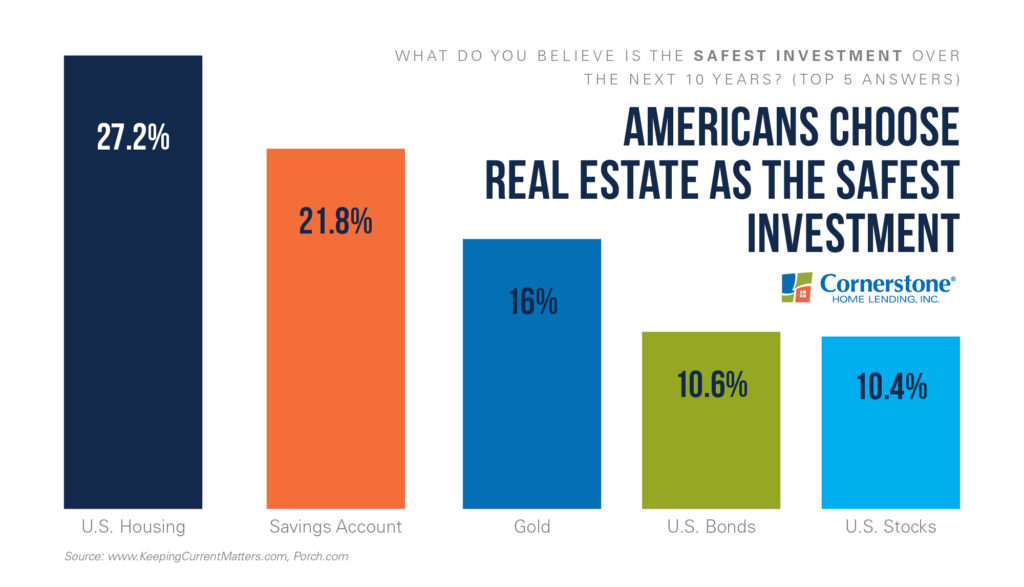Is This Investment Really A Safe Bet? A Practical Guide

Table of Contents
Understanding Your Risk Tolerance
Before exploring specific investment options, it's crucial to understand your risk tolerance. This involves assessing your comfort level with the potential for losses and your ability to withstand market fluctuations.
Defining Your Investment Goals
Your investment goals significantly influence your risk tolerance. Are your investment goals short-term or long-term? Do you have an aggressive or conservative investment approach?
- Short-term goals: These might include saving for a down payment on a house, funding a vacation, or covering unexpected expenses. Short-term goals often necessitate a more conservative, safe investment strategy to minimize risk.
- Long-term goals: These typically involve retirement planning, funding your children's education, or building long-term wealth. Long-term goals allow for a potentially more aggressive approach, enabling higher-risk investments with the potential for greater returns.
Different goals necessitate different levels of risk tolerance. For example, investing for retirement, a long-term goal, might allow for higher-risk investments like stocks, while saving for a down payment (a short-term goal) might necessitate a more conservative approach with lower-risk, safe investment vehicles like high-yield savings accounts or certificates of deposit.
Assessing Your Financial Situation
Your current financial situation plays a vital role in determining your appropriate risk level. A strong financial foundation reduces the need to take on excessive risk to achieve your financial goals.
- Debt-to-income ratio: A high debt-to-income ratio indicates less financial flexibility and may necessitate a more conservative investment strategy.
- Existing savings: A substantial emergency fund provides a buffer against unexpected expenses, allowing you to weather market downturns without liquidating investments prematurely.
- Liquidity needs: Consider how easily you need to access your invested funds. If you anticipate needing the money soon, you'll want to prioritize safe investments with high liquidity.
Before investing any money, ensure you have an adequate emergency fund (ideally 3-6 months of living expenses) to cover unforeseen circumstances. This reduces the pressure to take on excessive risk to meet immediate financial needs.
Evaluating Investment Options: Due Diligence is Key
Once you understand your risk tolerance, you can start evaluating potential investment options. Remember, due diligence is paramount.
Researching the Investment
Thorough research is essential before committing to any investment. Understand the investment's nature, potential returns, and associated risks.
- Diversification: Diversifying your investments across different asset classes (stocks, bonds, real estate, etc.) reduces overall portfolio risk.
- Asset allocation: This strategy involves distributing your investments across various asset classes based on your risk tolerance and financial goals.
- Historical performance (if applicable): Reviewing past performance can provide insights into an investment's potential, but remember, past performance is not indicative of future results.
Different asset classes carry varying levels of risk and potential returns. Stocks generally offer higher potential returns but also higher volatility compared to bonds, which are considered safer but offer lower returns. Always conduct independent research beyond marketing materials provided by financial institutions.
Assessing the Investment's Past Performance
Analyzing historical data can offer insights, but it's crucial to understand its limitations. Past performance is not a guarantee of future results.
- Average annual return: This metric indicates the average return the investment has generated over a specific period.
- Volatility: This measures the investment's price fluctuations. Higher volatility indicates greater risk.
- Standard deviation: A statistical measure of the investment's price variability around its average return. A higher standard deviation signifies greater risk.
While past performance can be informative, it's crucial to consider other factors like market conditions, economic trends, and the investment's underlying fundamentals. Don't solely rely on past performance when evaluating an investment’s risk profile.
Understanding Fees and Expenses
Hidden costs can significantly eat into your investment returns. Always carefully examine all associated fees and expenses.
- Management fees: These are charged by investment managers for managing your investments.
- Transaction fees: These are charged for buying or selling investments.
- Expense ratios: These represent the annual cost of owning a particular investment, such as a mutual fund.
Compare fees across different investment options to identify the most cost-effective choices. High fees can significantly impact your long-term returns, so this is a crucial aspect to consider when making your decision.
Identifying Red Flags: Recognizing Risky Investments
Beware of investment opportunities that exhibit certain red flags; these often signal potentially risky or fraudulent ventures.
Unrealistic Promises of High Returns
Be wary of any investment promising exceptionally high returns with minimal risk. Such claims are often too good to be true.
- "Get-rich-quick" schemes: These often involve high-pressure sales tactics and lack transparency.
- High-yield investment programs (HYIPs): These are typically scams that promise unusually high returns with little or no risk.
If an investment sounds too good to be true, it probably is. Legitimate investments rarely guarantee high returns without significant risk.
Lack of Transparency and Information
Avoid investments where information is limited or difficult to obtain. Transparency is a hallmark of legitimate investment opportunities.
- Opaque investment structures: If you don't understand how an investment works, it's best to avoid it.
- Unclear investment strategies: A lack of clarity about the investment’s strategy indicates a potential lack of due diligence.
Thoroughly research any investment and ensure you understand how it functions, its underlying assets, and its risk profile.
High-Pressure Sales Tactics
Legitimate investment advisors prioritize education and long-term financial well-being. Avoid investments promoted through high-pressure sales tactics.
- Aggressive sales pitches: Legitimate advisors encourage careful consideration and independent research.
- Limited time offers: These are often used to create a sense of urgency and pressure you into making a rash decision.
Take your time, do your research, and seek advice from a qualified financial advisor before committing to any investment. Don't let high-pressure sales tactics influence your decisions.
Conclusion
Determining whether an investment is a "safe bet" depends on a thorough evaluation of your personal circumstances, investment goals, and the investment's inherent risks. By understanding your risk tolerance, conducting thorough due diligence, and recognizing red flags, you can significantly increase your chances of making sound investment decisions. Remember, there's no such thing as a completely risk-free investment; however, by following this practical guide, you can significantly reduce your exposure to unnecessary risk and make safer investment choices. Start evaluating your investment options today and make informed decisions about your financial future. Learn more about making safe investments by exploring further resources on financial literacy and seeking advice from a qualified financial advisor.

Featured Posts
-
 Benson Boone And Harry Styles Addressing The Similarities
May 10, 2025
Benson Boone And Harry Styles Addressing The Similarities
May 10, 2025 -
 The Fallout From Metas 168 Million Whats App Spyware Settlement
May 10, 2025
The Fallout From Metas 168 Million Whats App Spyware Settlement
May 10, 2025 -
 Stock Market Surge Sensex Nifty Rally Adani Ports Up Eternal Down
May 10, 2025
Stock Market Surge Sensex Nifty Rally Adani Ports Up Eternal Down
May 10, 2025 -
 Warren Buffetts Canadian Successor A Billionaire Without Many Berkshire Hathaway Shares
May 10, 2025
Warren Buffetts Canadian Successor A Billionaire Without Many Berkshire Hathaway Shares
May 10, 2025 -
 From Scatological Documents To Podcast Success An Ai Powered Solution
May 10, 2025
From Scatological Documents To Podcast Success An Ai Powered Solution
May 10, 2025
